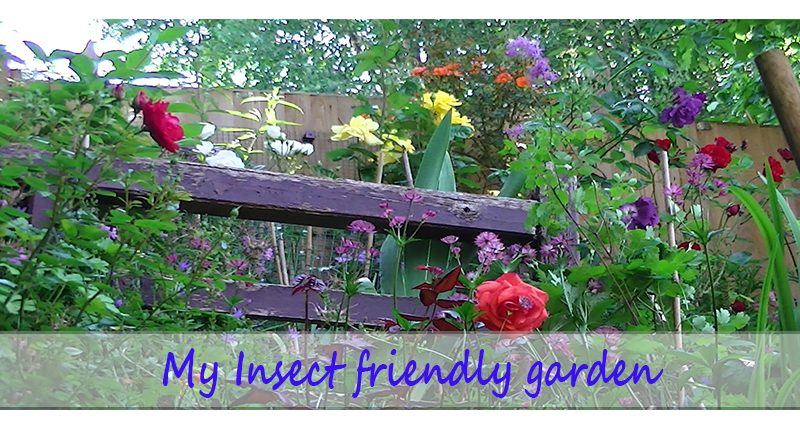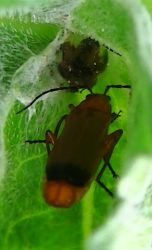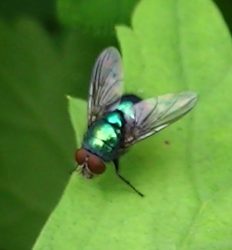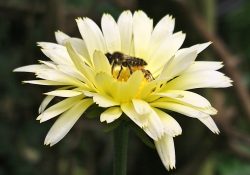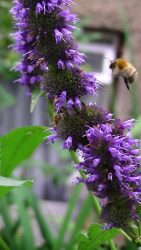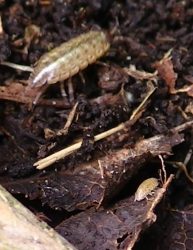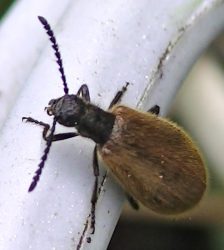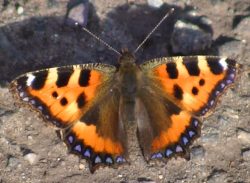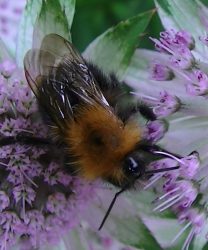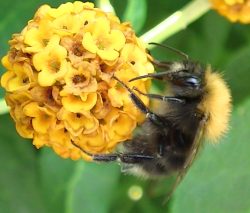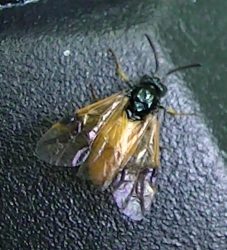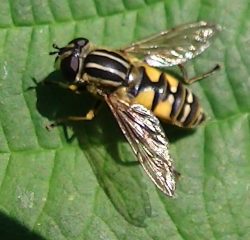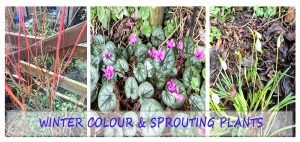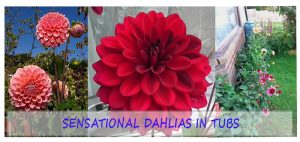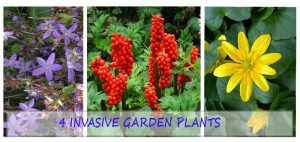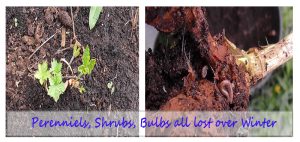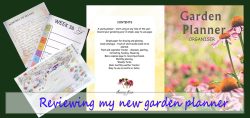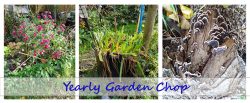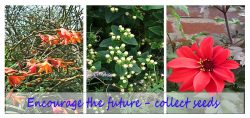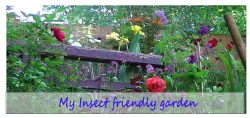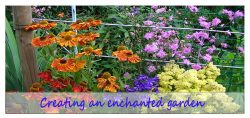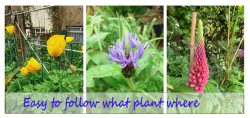Create an amazing insect friendly garden
Having an insect friendly garden gives me a great deal of pleasure. Seeing lots of honeybees and beautiful butterflies in the garden, tells you it’s a great space for them to be. They pollinate fruit trees, flowers, shrubs, trees, and veg.
The importance of having and insect friendly garden.
- Without insects we would not have as many birds as they eat insects. Identify your insects.
- Insects play a part in pollination of the flowers, trees, shrubs, and vegetables.
- They are our garden tidy up team. Eating dead matter and animals which have died in the garden.
- The all keep each other in check and in balance. It is an indication on the health of your garden, lots of bugs, bees and butterflies all good.
7 ideas to keep your insect friendly garden “friendly”.
- Try not use pesticides in your insect friendly garden. If you really need to use some to clean the greenhouse read the labels carefully and use it in a controlled way. I have used a small amount of dish liquid with some water to spray on my roses and honeysuckle plants. This is a great way to prevent aphids and black fly. It needs spraying regularly to prevent them taking hold. (Aphids and flies will find another place to live other than your blooms)
- Plant local native plants in your insect friendly garden, they do far better than exotic flowers. They flower and thrive with little attention giving the bees and butterflies a good source of pollen and nectar.
- An insect friendly garden should have different colour flowers to attract the bees. Bees see by colour vision, and they do not like red, brown,or dark coloured flowers. The best colours are yellow, white, blue, violet, and purple.
- By planting your perennials in clumps or in groups of three plants or more, it becomes a feast attraction area and easy for the insects to find them. Have flowering plants all year round if possible.
- I have tried to include plants of all shapes and heights and colours. Flat open “daisy” type flowers or sprigs of flowers are attractive to butterflies. Bell shaped flowers encourage bees to go right into them to feast.
- Plants in warm sunny areas will generally be more attractive to the insects as they enjoy the sunshine.
- Having high fences around your insect friendly garden will give all flying insects a good amount of wind protection.
- A bird bath or not too deep water saucers, around the garden for them to have a drink.
What types of butterflies visit your insect friendly garden?
Lots of different butterflies visit your garden. They dance about in the air flitting from one flower to the next. I often cut up an orange and put it onto a small plant pot base try in the garden for the insects to eat. I have had several butterflies as well as hover flies feasting on the slices. The common butterflies I have observed in my garden are:
- Red Admiral
- The Peacock
- Painted Lady
- Tortoise shell
- Meadow Brown
- Cabbage white
Taking photos of them and identifying them is great fun.
What types of bees I have found in my insect friendly garden?
In March my garden is covered with yellow Celandine flowers, and I see this little bumble bee quite a lot. Known as the early bumblebee. It seems to be “nesting” in my woodland garden between the logs. It is quite a small bee they have orange tails and a yellow stripe on the thorax.
- The common carder bumblebee, which is gingery brown all over, with black abdomen appears in my insect friendly garden around the end of April. It buzzes around a lot and always seems like it is looking for a nesting place. It has quite a long tongue, which can reach way down into the bell-shaped flowers.
- The honeybee is small and thinner than the big bumblebee and has a striped abdomen. There are a few other honeybees’ species which are similar in size and colour.
- I have a lot of carpenter or “wood bees” in my garden. They love my woodland area.
Encourage insects to breed in your insect friendly garden.
We create gardens for pleasure and for enjoyment. We plant the plants, trees, and shrubs for their flowers. By planting and growing natural plants, we can assist the insect community as well as the natural wildlife. We need them and they need us.
- Make a stumpery in your woodland garden, use small branches, stumps old bits of wood. Let the ferns and weeds grow through them. This enables the wood louse and earwigs to make good established homes.
- Leave edge area with longer grass growth or nettles. Moths and Butterflies lay egg on these kinds of plants. For them to hatch out and survive the caterpillars need things to feed on. Create a feeding area by leaving bits “wild” then they hatch and feed without eating your garden plants.
- Dandelions, Buttercups, and clover are all plants we consider weeds, but they are good sources of nectar for the beasties. Willow herb, and other natural occurring plants which we class as wildflowers are all good for your insect friendly garden.
- Leave mulch or even loose leaves are good for caterpillars and moths.
Fantastic dragonflies and damselflies.
Having a small wash basin pond I see a lot of water skimmers, mosquitoes, and beautiful electric blue dragonflies. You can help keep the eco system for dragonflies healthy by:
- Ensuring the pond is clean and not full of mud, mulch, and leaves. Identify your dragonflies.
- Don’t have pond weed in the water but an aeration plant to keep the water clean.
- Have a few rocks or large stones which stick out of the water. Dragonflies love to sit an rest in the sunshine.
- Dragonflies eat mosquito’s, small spiders, tiny flies and often help keep the spiders that attack your plants in check. They do not aid pollination in any way.
- The damselfly lays eggs in damp marshy areas or mud, having a damp area around the pond is ideal.
- Waterlily’s and other water plants off the ideal habitat for dragonflies.The circle of life in a garden is wonderful !!

